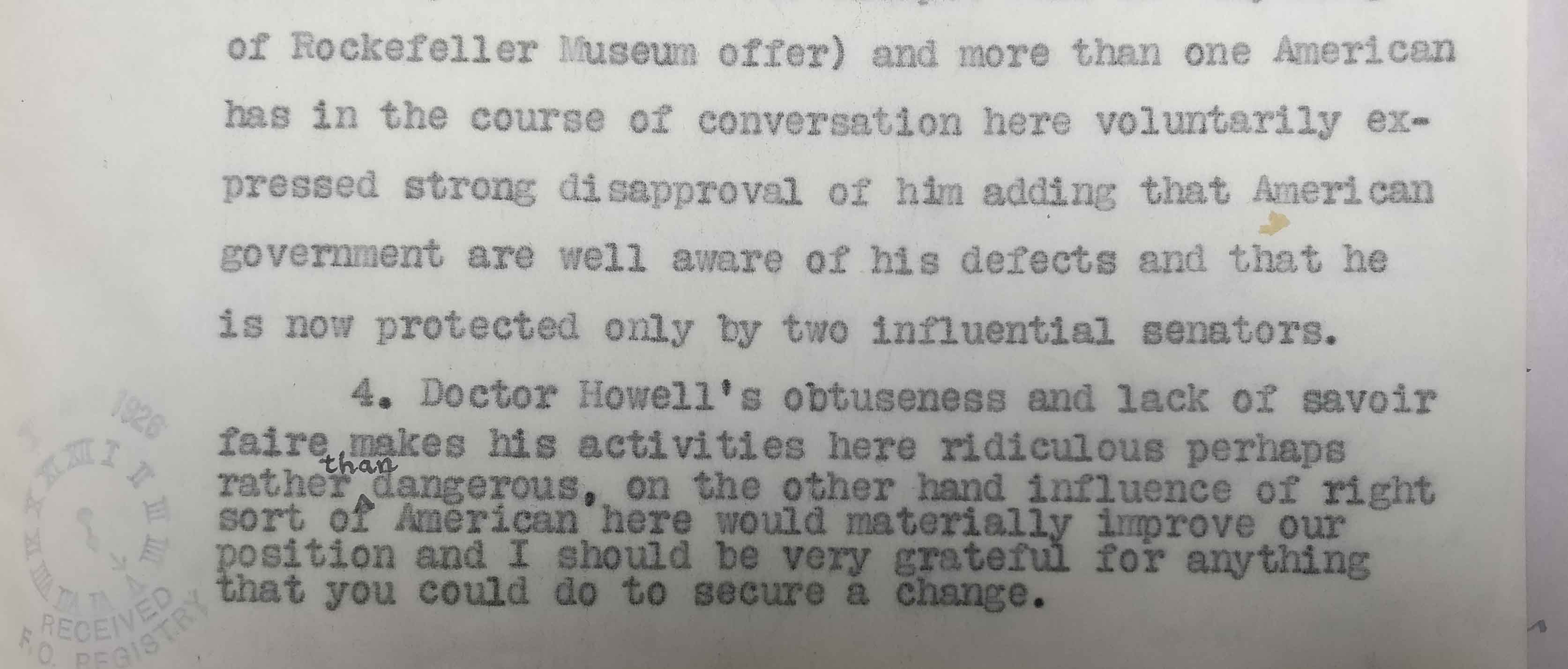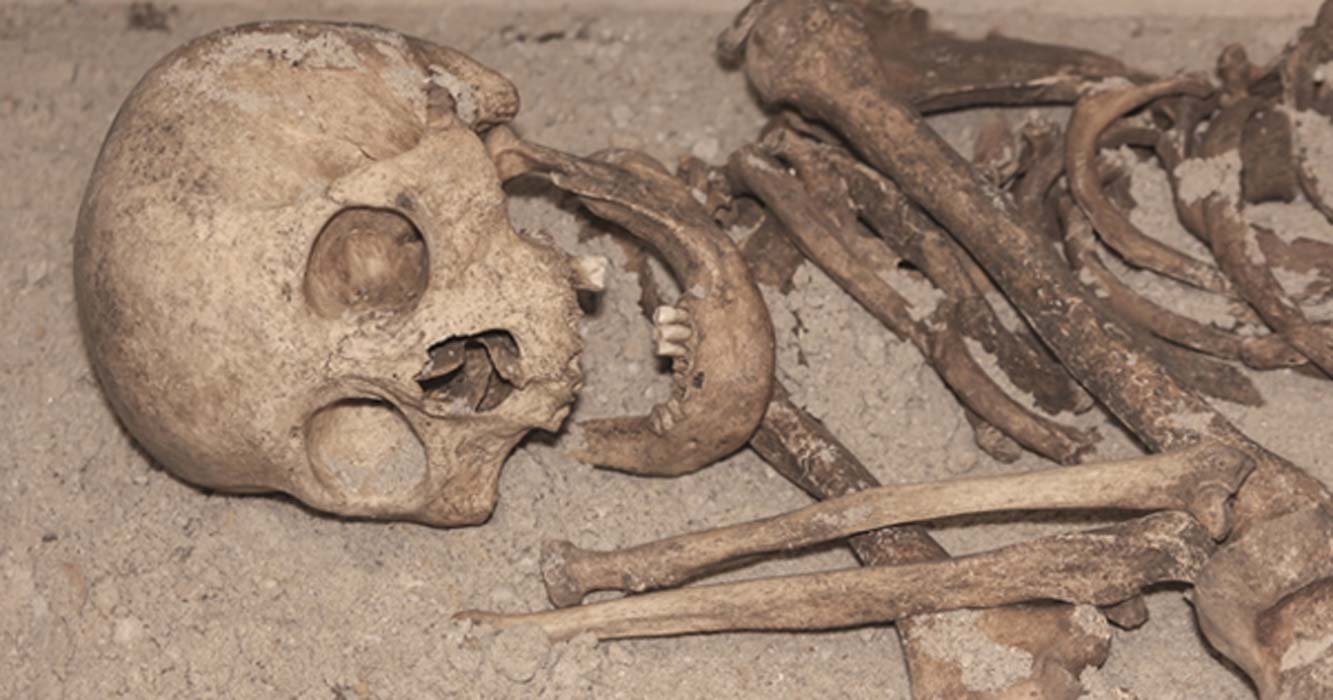via the Guardian by Mark Lawson
As George Clooney’s new adaptation of Joseph Heller’s novel comes to TV, Mark Lawson looks at its unlikely path to success – and why Heller thought everyone got it wrong

Christopher Abbott as Yossarian in George Clooney’s adaptation of Catch-22. Photograph: Philipe Antonello/Hulu
When Joseph Heller, a 38-year-old New York advertising executive, published his first novel in 1961, an urgent query came in from the Finnish translator: “Would you please explain me one thing? What means catch-22? I didn’t find it in any vocabulary. Even the assistant air attaché of the USA here in Helsinki could not explain exactly.” Within a couple of years – after Catch-22 had become a million-selling paperback in the US and UK, and done well in Finland and most other countries – nobody needed the phrase translated. It is likely to be familiar to those who watch the new six-part TV adaptation on Channel 4, even if they do not know the book.
Continue reading A fascinating and intellectually stimulating piece which took up a lot of my time. It was well spent!
And the mini-series is available on DVD but it is not cheap unless you can score a second-hand copy
Sure, the 19th-century invention transformed shopping. But it also revolutionised how we think about the built environment
via Arts and Ldetters Daily: Megan Carpenter in Smithsonian Mag
/https://public-media.si-cdn.com/filer/ab/4e/ab4e82ac-55c6-4875-93f4-6b89ca8012b1/dupont_circle_escalator.jpg)
Commuters ride up escalators at the Dupont Circle Metro Station in Washington, D.C.(Jim Watson/AFP/Getty Images)
Great technological developments create a universe. The invention of the escalator was, literally, ground-breaking. It expanded our concept of space and time—and, accordingly, redefined the possibilities for commerce.
For those within the intellectual property system, the escalator is famous for its association with “trademark genericide.” Genericide occurs when trademarks become so famous that they cease to identify the source of goods or services in the minds of consumers and instead become names for the goods themselves. “Escalator” is right up there with “aspirin,” “cellophane,” and “kitty litter” as an example of a brand that morphed into its product. And it’s true that the intellectual property story of the escalator is, in part, how Charles Seeberger’s brand of moving staircases grew to symbolise the thing itself. But the larger story is about the cultural phenomenon, an invention that transformed the way we interact with the world. How people move. How sales are made. How the built world is constructed.
Continue reading
==============================
via Interesting Literature
In this week’s Dispatches from The Secret Library, Dr Oliver Tearle escapes to early twentieth-century London with the crime-fighting Four Just Men
There is something irresistibly inspiring about an author who rose from humble beginnings to become popular and successful. J. K. Rowling is the most notable recent example. Charles Dickens went from being put to work in a blacking factory aged 12, after his father was imprisoned for debt, to amassing a fortune of £93,000 – quite a few million in today’s money. But perhaps my favourite ‘rags to riches’ story is that of Edgar Wallace, who was born out of wedlock to two actors in 1875 and adopted by a Billingsgate fish porter. Wallace rose up the journalistic ranks to become a hugely popular – and prolific – writer of thrillers in particular, and was perhaps at one stage the most famous author on the planet. Years later, when he had become a household name, Wallace was asked to contribute to a celebrity feature in a newspaper, titled ‘What I Owe My Parents’. Wallace’s postcard-reply was as long as the feature’s title, at just five words: ‘sorry, cock, I’m a bastard’.
Continue reading
==============================
via The National Archives Blog by Dr Juliette Desplat

George Lloyd to the Foreign Office, 1 March 1926 (catalogue reference: FO 371/11608)
According to the Oxford English Dictionary, a diplomat is ‘a person who can deal with others in a sensitive and tactful way’. But what happens when they don’t? In the 1920s in Cairo, the British Residency had many a problem with Dr Morton Howell, the American Minister – some amusing, others with more serious political consequences.
On 1 March 1926, George Lloyd, the British High Commissioner in Cairo, asked the Foreign Office to make representations to Washington and to secure Howell’s removal from Egypt – a request he would subsequently make numerous times. The American Minister, he reported, had called on Egyptian nationalists and was spreading anti-British propaganda. ‘Dr Howell’s obtuseness and lack of savoir faire makes his activities here ridiculous perhaps rather than dangerous,’ he wrote, adding that he would still ‘be very grateful for anything that [the Foreign Office] could do to secure a change’ (FO 371/11608).
Continue reading
==============================
via Ancient Origins by Wu Mingren

Medieval Carcassonne town view, France. Source: Nejron Photo / Adobe
Carcassonne is Europe’s largest fortified city that still stands today. It is located in Aude, a department in the southern French region of Occitanie. The city is divided into two parts by the Aude River, the Ville Basse and the Cité - the latter being the finest example of a fortified medieval town in Europe. These well-preserved fortifications are the city’s main attraction, drawing tourists from near and far and earning it a place in UNESCO’s World Heritage List.
Continue reading
==============================
via Boing Boing by David Pescovitz
From Practical Engineering:
Traffic management in dense urban areas is an extremely complex problem with a host of conflicting goals and challenges. One of the most fundamental of those challenges happens at an intersection, where multiple streams of traffic - including vehicles, bikes and pedestrians - need to safely, and with any luck, efficiently, cross each others’ paths. However we accommodate it now or in future, traffic will continue to be one of the biggest challenges in our urban areas and traffic signals will continue to be one of its solutions.
==============================
via McGee’s Musings

When I was in the fourth grade, we figured out that I needed glasses. I was complaining about having trouble reading what was on the blackboard and after moving to the front row didn’t solve the problem, I was dispatched to an eye doctor. Sure enough, I was nearsighted. A few weeks later I got my first pair of glasses.
I particularly remember the sense of wonder at discovering that street signs were something you were supposed to be able to read from inside the car as you drove by. My eyes weren’t shaped to see the world in 20/20 on their own but I inhabited a world where a simple prosthetic compensated for that limitation.
Continue reading
==============================
via Interesting Literature
In this week’s Dispatches from The Secret Library, Dr Oliver Tearle reappraises J. G. Ballard’s 1970s masterpiece
‘Art exists because reality is neither real nor significant.’ This remark by J. G. Ballard, who has a claim to being one of the most important English writers of the second half of the twentieth century, strikes at the heart of what drives his fiction. And although it’s not his most famous book, for me the remarkable tour de force that is Ballard’s 1974 novel Concrete Island best demonstrates this.
Continue reading
Note: this is a much longer read than we normally get from Dr Tearle. Well worth the time.
==============================
via Ancient Origins by Ashley Cowie

Ancient human skeleton missing teeth ( gerasimov174 / Adobe Stock )
Mendes was once the capital of Ancient Egypt and it was in the necropolis here in the 1970s that archaeologists discovered the remains of a very special, but common woman, who lived around 2181-2055 BC.
In Arthur Conan Doyle's The Adventure of the Cooper Beeches , Sherlock says to Watson: ”Pshaw, my dear fellow, what do the public, the great unobservant public, who could hardly tell a weaver by his tooth or a compositor by his left thumb, care about the finer shades of analysis and deduction! Well, “tell a weaver by his tooth” is exactly what a team of historical detectives have just done in Egypt.
Continue reading
No comments:
Post a Comment